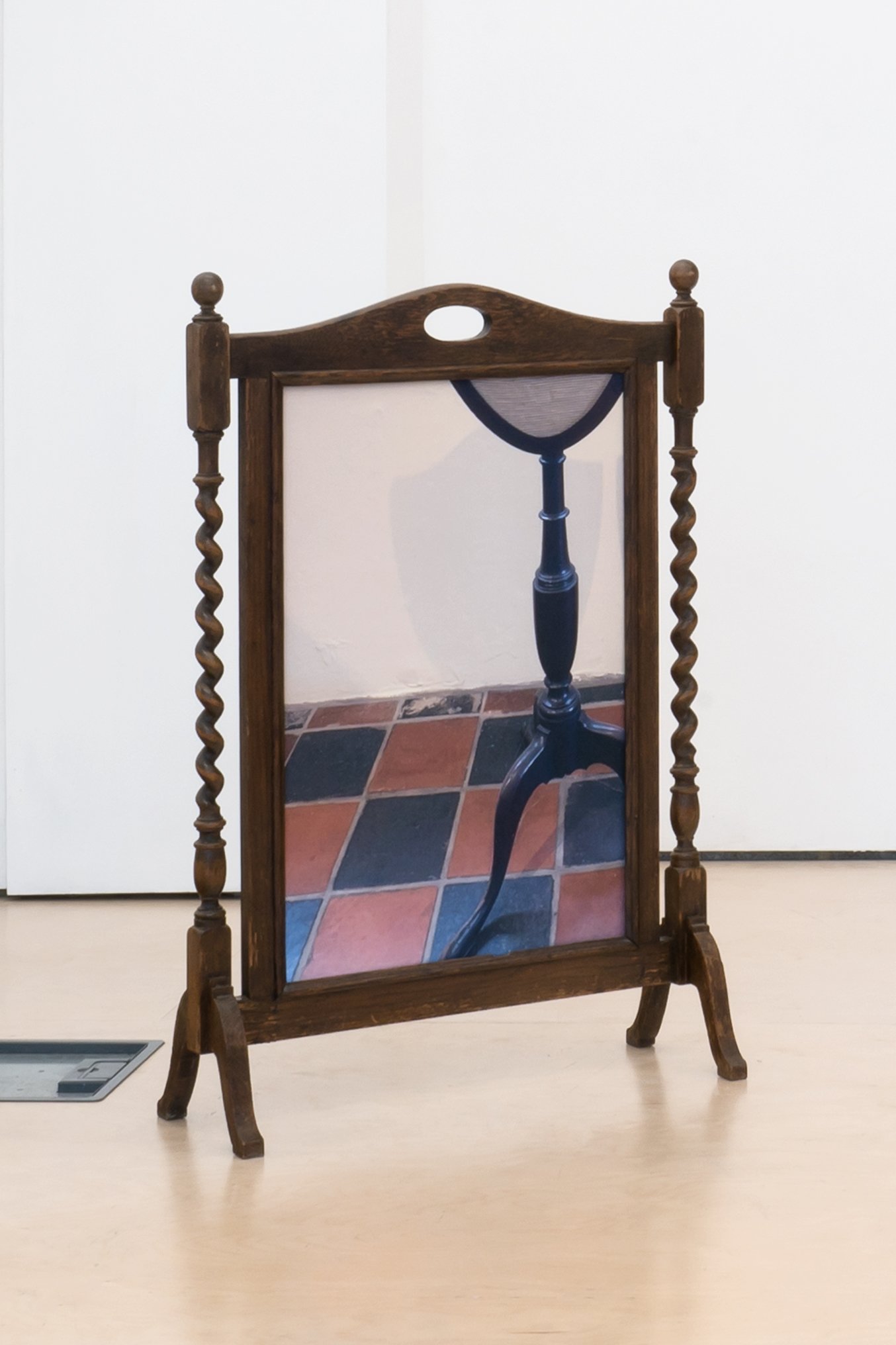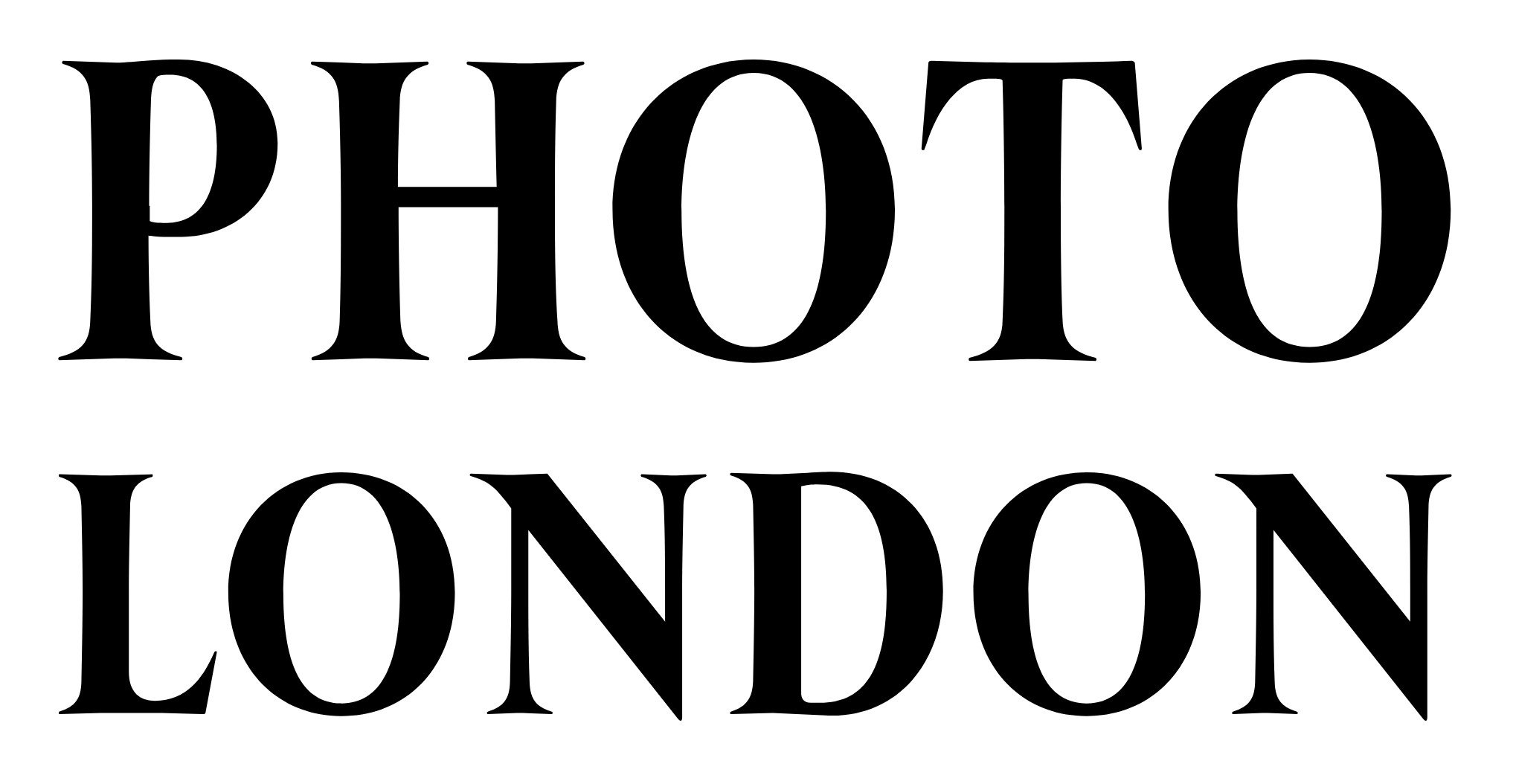PAUL CHAPELLIER
25th MARCH - 24th APRIL 2022
LONDON GALLERY WEEKEND: 13th - 15th MAY






















SEAGER Gallery presents “Old, Possibly Antique”, where Paul Chapellier’s imagery kindles both attraction and critique towards the artificiality of material culture and heritage via installations composed of casts, prints, photography and found objects. His recent work replicates English landscapes and historical architectural elements, dwelling in the social imaginary to expand on cultural myths of ownership.
“Old, Possible Antique” concatenates the consumption of images to the circulation of antique furniture in online market places. For the exhibition the artist has appropriated fire screens and a descriptive line found in one’s listing, giving the title to his second solo-exhibition in the UK. At once functional object and elegant status symbol, the ontological peculiarity of the fire screens is made evident when the objects are coupled with appropriated images from their online listings in place of their usual tapestries. The visual doubling functions to reveal the contemporary interiors inhabited by these objects and points to their previous lives, from prized objects to commodities.
Accompanying these works on the gallery floor is a series of photographs of arches, gates, windows and doorways printed on fabric, spread across the walls near the entrance. Featuring 3-D designed, CNC cut blue beams, they impersonate fragments of timber-framed houses, using the epitome of the countryside as an image display. Using Chapellier's own images taken in recreated medieval villages, heritage sites, and well-tended landscapes, the works are portals into the English countryside; unable to occupy a physical place in these rural idyllic representations, the audience is transported via their faculties of vision tied inextricably to consumerist fantasies and mental projections. Rosemary Shirley elucidates in Rural Modernity, Everyday Life and Visual Culture that as preservation becomes artifice, there is nothing natural about the landscape. Thus, the installation examines the construction of a stereotypical image of the countryside as a pre-capitalist space made of leisure, lush nature, and social harmony; and the ways it is confined to a class symbol and fetishized as a product by capitalism.
Finally, a series of white plaster casts are hung in the gallery space. Made from a wooden beam found from an Edwardian mock Tudor house, the intricately marked surface of the wood is painted with a cold white that blends with the walls of the gallery. The relationship between objects, the self and property yet takes a different form by this tertiary act of replication in “Old, Possible Antique”. Considered as a whole, the appropriated elements in the exhibition from the found white beams to the purchased fire screens, open up a new terrain for artistically laying claim to aesthetic models as opposed to the logic of property.
In a critique of the social and judicial roots of property in ancient Rome, Simone Weil makes note of how the term “was defined by the jus intendi ed abutendi (the right to use and abuse)” determining the constitution of a self through interactions with objects. In other words, a property owner achieved the status of an individuated subject with use and abuse. In similar fashion to Weil’s analysis, Chapellier’s sculptures complicate processes of ownership, revealing the fraught dynamics between persons and things.
To add to the layered encounters staged by Chapellier’s sharp new body of work, a fictional text has been written for the exhibition by Adam Hines-Green.
Paul Chapellier (b.1989, France) is a London-based artist. His practice spans photography, sculpture, and installation to examine the intertwining of subjectivity and material culture. Architecture and objects are fragmented and reassembled into installations that emphasize how images act as objects and how objects survive in images. He holds an MFA in Fine Art from Goldsmiths University, UK (2018) and an MA in Photography and Contemporary Art from Paris 8 University, France (2013). His work has been exhibited internationally, most recently in “Transatlantico”, Mana Contemporary, Jersey City, US (2021); "Homegrown", Hauser & Wirth, online (2020); “Il Complesso della Mummia”, Palazzo Monti, Brescia, Italy (2020), “An Exceptionally Rare Shape” at SET, London, UK (2019) and "2068", SPACE London, UK (2019). He was the recipient of a Jerwood Bursary in 2019.



